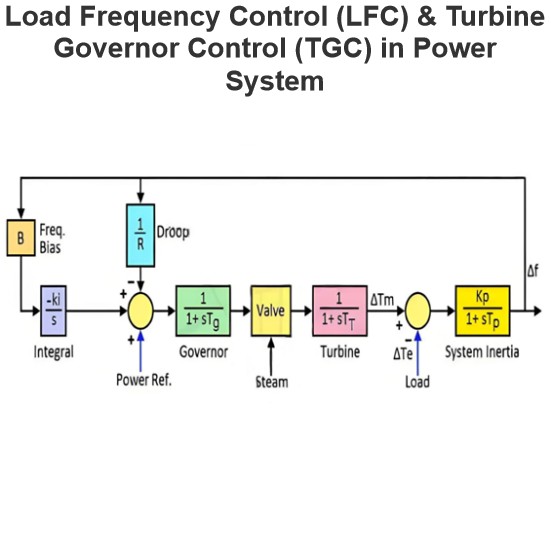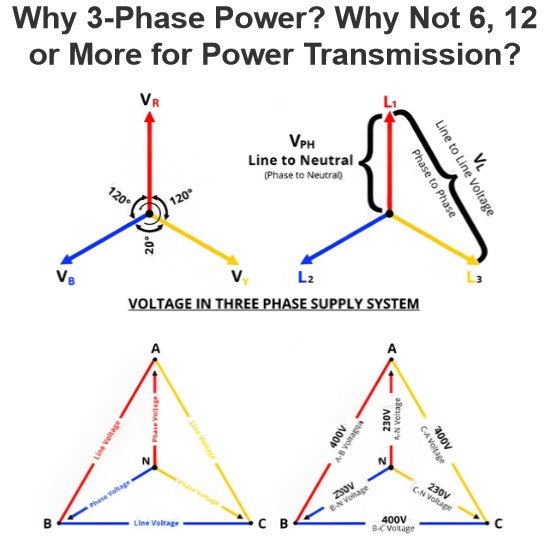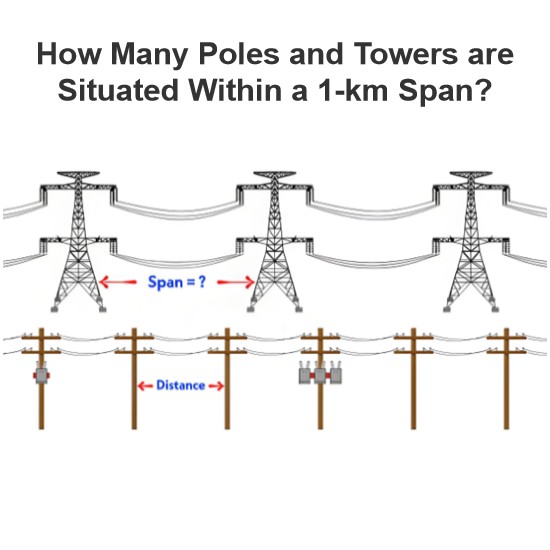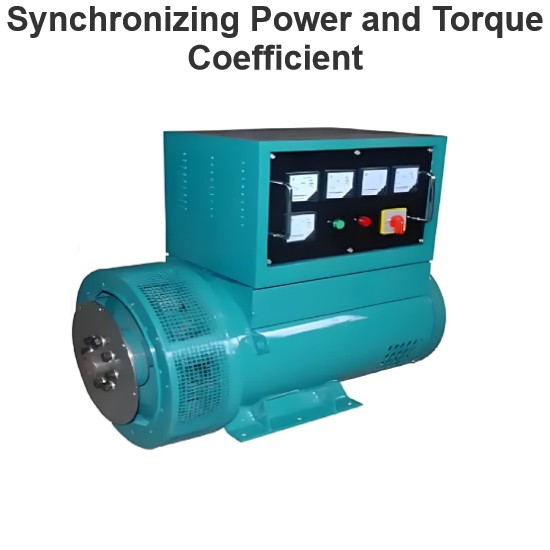Symmetrical Components
The Method of Symmetrical Components
In an unbalanced electrical system, voltages, currents, and phase impedances are typically unequal. To analyze and solve such systems, the method of symmetrical components, also known as the three - component method, offers an effective approach. This technique simplifies the complex problems associated with unbalanced three - phase systems. While applicable to systems with any number of phases, it is predominantly used in three - phase systems.
The process involves resolving the unbalanced three - phase system into its symmetrical components and then transforming the results back to the actual circuit. The symmetrical components are categorized into three types: the positive sequence component, the negative sequence component, and the zero phase sequence component.
Let's consider an unbalanced voltage phasor system, as illustrated in the figure below. Assume that the phasors are denoted as Va, Vb, and Vc, following the phase sequence Va, Vb, Vc. For the positive sequence component, the phase sequence remains the same as Va, Vb, Vc. In contrast, the negative sequence component has a phase sequence of Va, Vc, Vb, which is a reverse of the normal phase order.
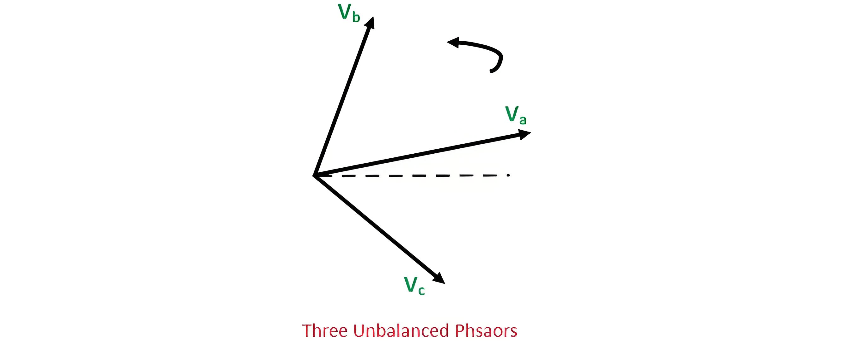
Positive Phase Sequence ComponentThe positive phase sequence component consists of a set of three phasors. These phasors share several key characteristics: they are equal in magnitude, evenly spaced 120° apart from one another, and exhibit the same phase sequence as the original unbalanced phasors. This means that if the phase order of the original unbalanced three - phase system is, for example, Va, Vb, Vc, the positive sequence components will also follow the order Va1, Vb1, Vc1 in the same sequential manner.The diagram below illustrates the positive sequence component of an unbalanced three - phase system, clearly showing the uniformity in magnitude and the precise angular separation of the phasors. This component plays a crucial role in the analysis of electrical systems using the method of symmetrical components, as it represents the balanced, normal - like behavior within the otherwise unbalanced system.
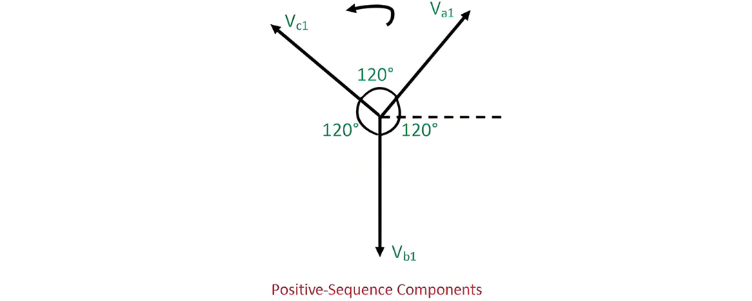
Negative Phase Sequence Component
The negative phase sequence component comprises a set of three phasors. These phasors possess distinct characteristics: they have identical magnitudes, are angularly separated by 120° from one another, and exhibit a phase sequence that is the reverse of the original unbalanced phasors. For instance, if the phase sequence of the original three - phase system is Va−Vb−Vc, the negative phase sequence will follow the order Va−Vc−Vb.
This reversal of the phase sequence has significant implications for electrical system analysis, as it can cause unbalanced loads, increased heating in electrical equipment, and torque pulsations in rotating machinery. The figure below provides a visual representation of the negative phase sequence component, highlighting the equal magnitudes and the counter - clockwise (opposite to the normal sequence) arrangement of the phasors. Understanding the behavior of the negative phase sequence is crucial for diagnosing and mitigating issues in unbalanced three - phase electrical systems.

Zero Phase Sequence Component
The zero phase sequence component is characterized by a set of three phasors. These phasors share the same magnitude and, uniquely, exhibit zero phase displacement from one another. In other words, all three phasors in the zero phase sequence are in perfect phase alignment, unlike the positive and negative sequence components where the phasors are spaced 120° apart. This property of the zero phase sequence component has important implications for power system analysis, particularly in scenarios related to fault detection and protection, as it can indicate abnormal conditions such as single - line - to - ground faults.
The figure below provides a clear visual depiction of the zero phase sequence component, illustrating how these phasors, equal in magnitude, coincide with each other due to their lack of angular separation. Understanding the behavior and characteristics of the zero phase sequence component is essential for comprehensively analyzing unbalanced three - phase systems using the method of symmetrical components.

The Electricity Encyclopedia is dedicated to accelerating the dissemination and application of electricity knowledge and adding impetus to the development and innovation of the electricity industry.

